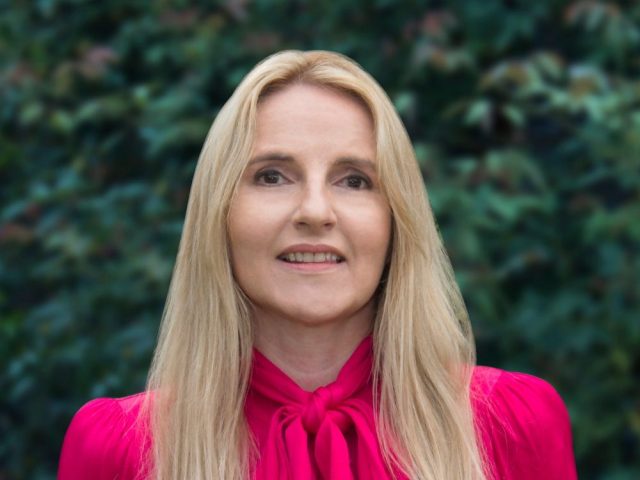
This article first appeared in the February 2025 issue of ProPack.pro, authored by Mattingly’s PeterFotiadis
2024 presented both highlights and challenges for the packaging industry. One of the key difficulties faced was meeting the high expectations set by the strong performance of the previous five years, during COVID and subsequent ‘COVID hangover’, which created pressure for continued growth.
At a segment level, flexibles and glass packaging found themselves under increasing pressure due to evolving market demands and supply chain constraints, whereas aluminium cans and folding carton segments commissioned substantial investments aimed at expanding capacity driven by increased demand for sustainable packaging solutions.
Without a doubt, cost management became the highest priority, and companies began trimming unnecessary expenses and refocusing their efforts on core areas to improve efficiency. Many also undertook strategic plan refreshes, seeking new growth opportunities and identifying ‘‘green shoots’’ in emerging markets or product lines.
Some companies continued to commission legacy capital expenditure (capex) projects, ensuring that long-term investments were still delivering value.
Furthermore, businesses increasingly marketed their sustainability credentials, emphasising the use of recycled content and the production of 100 per cent recyclable products to meet both consumer demand and regulatory pressures for more eco-friendly practices.
In 2025, packaging companies appear to be prioritising two key areas. First, meeting sustainability and packaging targets will be a top focus, as businesses continue to align with environmental regulations and consumer expectations for greener solutions. This includes further investments in sustainable materials, increased recycled content, and the development of fully recyclable products.
Second, in a tight market, companies will place a strong emphasis on profit optimisation, seeking ways to improve efficiency, reduce costs, and maintain profitability amid economic pressures and competitive challenges. Balancing these priorities will be essential for long- term success in an evolving industry.
This year, industry consolidation is likely to continue, driven by mergers and acquisitions, as well as the rationalisation of manufacturing operations, as companies seek to streamline and strengthen their competitive positions.
Economic pressures will still play a part in consumer behaviour right through the calendar year, with relief only coming at the back end. With this in mind, and the continued sustainability demands, the winning solutions will be those that can deliver sustainability benefits without driving up cost.
Those with healthy balance sheets will focus on strategic investments aimed at reducing costs, leveraging innovation and technology to enhance efficiency. We are already seeing packaging companies reassessing and optimising their supply chains after the disruptions and ‘hangover’ caused by the pandemic, seeking better cost and inventory holding positions.
The most significant opportunities and challenges in the packaging industry revolve around balancing sustainability with commercial viability. Delivering sustainable solutions at competitive costs will remain a primary focus, as the demand for eco- friendly packaging continues to grow.
Another key challenge will be securing raw materials that either contain recycled content or are suitable for recycling. The ability to source these materials reliably, with guaranteed performance outcomes, will be essential for maintaining supply chain stability and meeting sustainability targets.
Packaging businesses should focus on several areas of growth in 2025 to stay competitive. First, specialising in smaller pack sizes and customisable packaging will be key to hitting price points and providing added value for your customers’ end customers.
Additionally, there will be a growing demand for sustainable packaging solutions that don’t come with a cost premium, as consumers increasingly prioritise eco-friendly options.
Lastly, digital print technology on all packaging formats is expected to see continued growth as it becomes more cost-effective, offering businesses the ability to produce shorter runs with greater flexibility and customisation.
In 2025, we expect to see several exciting innovations shaping the future of packaging. One key area of development will be further advancements in intelligent and smart packaging, which will leverage technology to enhance user experience, improve supply chain tracking, and offer new functionalities such as interactive or sensor-based features.
Another major trend will be a strong drive towards mono-material packaging, as companies focus on improving recyclability by using a single material type, which simplifies recycling processes and reduces environmental impact.
Additionally, there will be an increased emphasis on refillable and reusable packaging solutions, as businesses strive to minimise waste and promote circular economy practices.
The key to success in the packaging industry lies in having clear, well-defined plans that are executed across the entire organisation. It is crucial to do the planning upfront and ensure that the entire team is engaged in delivering the solutions. Only by fostering and rewarding a culture of accountability and execution can companies effectively deliver on key strategic initiatives that deliver growth and stronger returns.


